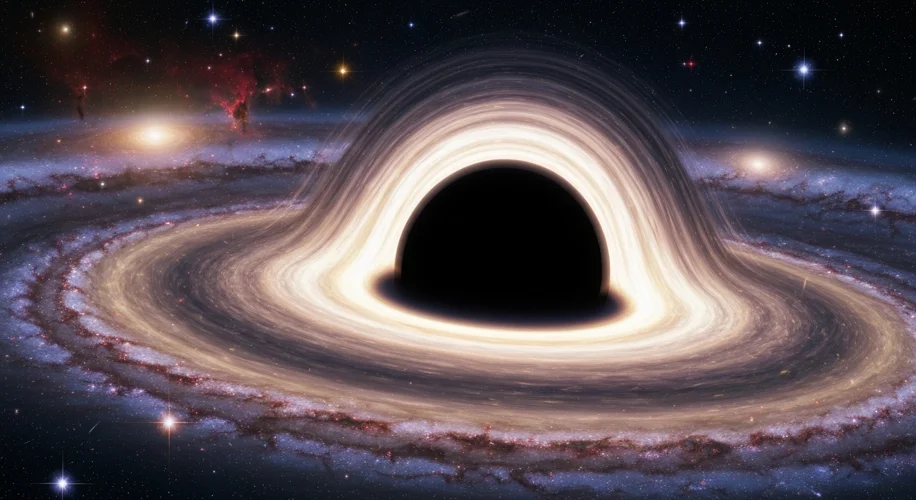Did you know we’ve found something truly colossal out there?
Scientists have recently discovered a supermassive black hole that’s an astonishing 36 billion times the mass of our sun. To put that into perspective, if our sun were a grain of sand, this black hole would be a boulder. It’s one of the largest ever seen in the universe, and honestly, it makes you stop and wonder how something so massive can even exist.
This isn’t just any black hole; it’s a record-breaker. Located in the galaxy Holmberg 15A, this behemoth is so dense and massive that it completely dominates its surroundings. The light from the galaxy itself bends around it, creating a distorted, ring-like effect. It’s like looking at the universe through a warped lens.
Discoveries like this are crucial because they challenge our understanding of how black holes form and grow. We have theories, of course, about how these cosmic monsters get so big, often by swallowing up surrounding gas and stars, or by merging with other black holes. But finding one this enormous pushes the boundaries of those models.
Scientists are still studying the data, trying to understand the precise mechanisms that allowed this black hole to accumulate so much mass. It raises fundamental questions about the early universe and the conditions that might have led to the formation of such extreme objects. It’s a reminder that the cosmos is full of surprises and that there’s so much more for us to learn.
What’s truly amazing is how these discoveries help us refine our scientific theories. Each new observation, especially of extreme objects like this gargantuan black hole, is a piece of a much larger puzzle. It’s the kind of science that makes me excited about what we might find next, as we continue to explore the vastness of space.

